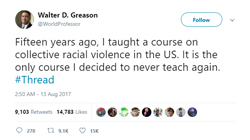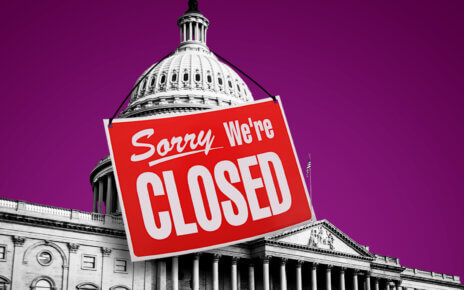More than 3 million acres of protected habitat of the northern spotted owl in the Pacific Northwest was removed by the Trump Administration and the U.S. Fish and Wildlife Service (USFWS) on Jan. 13.
“We, the U.S. Fish and Wildlife Service (Service), revise the designation of critical habitat for the northern spotted owl (Strix occidentalis caurina) under the Endangered Species Act of 1973, as amended (Act) by excluding approximately 3,472,064 acres (1,405,094 hectares),” as stated in the Federal Register, “The Daily Journal of the United States Government,” by the Fish and Wildlife Service.
The plan eliminates habitat across Washington, California, and Oregon to benefit tinder industries. Aurelia Skipwith, the Director of the Fish and Wildlife Service, said in a U.S. Fish & Wildlife Service press release, “These common-sense revisions ensure we are continuing to recover the northern spotted owl while being a good neighbor to rural communities within the critical habitat.”
Matthew Filosa, political science student, represents one individual who was unknowing of the plan.
“I was not aware of this specific action regarding the spotted owls, but I was aware of the Trump administration implementing environmental rollbacks even at the end of the term,” said Filosa.
Many are not supportive of the plan administered without expectation and was viewed as harmful to the already dwindling population of the snowy owl and environment.
Randall Abate, Ph.D. the Rechnitz Family and Urban Coast Institute Endowed Chair in Marine and Environmental Law and Policy at Monmouth, has focused on environmental law and policy for three decades within his career.
“This massive slash of critical habitat for a listed species under the Endangered Species Act is unprecedented. At a time when this species was a candidate to be ‘uplisted’ from ‘threatened’ to ‘endangered’ status for more protection under the Act, this decision to eliminate an enormous swath of critical habitat for this species shows callous indifference toward the purpose of the Endangered Species Act,” said Abate.
“All of the Trump administration’s actions to undermine environmental protection were undertaken in the interest of short-term economic interests, which is dangerous to the long-term sustainability of human and non-human life that our environmental laws are designed to support,” added Abate.
Nancy Mezey, Ph.D., Dean of the Honors School and Professor of Sociology, said that The New York Times ran an article about the northern spotted owl on Jan. 13. Given what was happening at the time with the storming of the U.S. Capitol, the article was easy to miss.
“The Trump Administration was clearly placing the interests of capitalist industry over the interests of the environment. The U.S. Government must find ways to balance the two,” said Mezey.
She continued, “What people generally do not understand is the interconnected nature of human lives and the rest of the natural world. The loss or demise of any species will have grave effects on all of us.”
On the basis of reasoning for the action, Dustin Ho, a sophomore studying economics and finance, said, “My knowledge is that this would benefit the timber industry and that is not justification for putting the owls at risk of extinction… The owl is listed as threatened under the Endangered Species Act and should be protected.”
On the same topic, Filosa said, “This action is not justified and can have dire consequences on ecosystems and wildlife. During the Trump administration much of the rollbacks on protecting land was to access resources or do development on these lands…The land would be lost forever which means less land for wildlife to roam without encroachment in human environments and can push them to endangerment or worse extinction.”
“The main purpose of the National Fish and Wildlife Service is to serve as a conservation and protection agency that holds the best interests and wellbeing of fish and wildlife at center of their care and policies…The plan issued by the USNFWS runs contrary to their purpose,” said Mezey.
The Oregon Fish and Wildlife Office state the snowy owls are threatened, but “past trends suggest that much of the remaining unprotected habitat could disappear in 10 to 30 years.”
As of Feb. 22, it was reported that the U.S. Interior Department said they would review changes and delay the effective date of the ruling from March 16 to April 15.
IMAGE TAKEN from OPB




